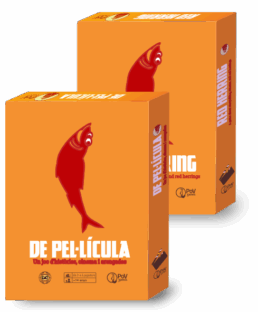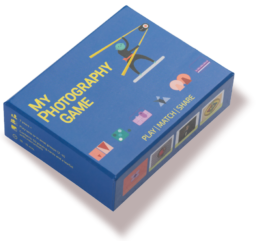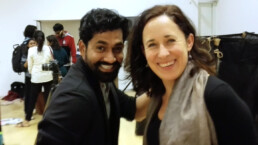Games and Learning Tools
In PLUCK! every player sees the other players’ cards instead of their own. Each card is a letter in your hand that you can’t see. Instead, you see the cards of your opponents, and steal them while exchanging hints. The obstacles are served!
Pispa promotes linguistic diversity and esteem for vocabulary, activates memory, increases visual-mental association, gives free rein to strategy, sustains collaboration
a party game about, Storytelling, Cinema and Red Herrings
You are a collective of frustrated writers that has been commissioned for a genuine genre film. As competition arises between your fellow scribblers about who should lead, you decide to have a pitching tournament to choose who will be the author of this film. Get the most votes and the maximum points to come out first!
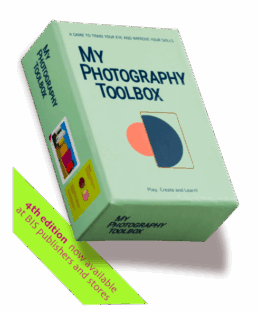
a playful reference deck of cards for those who work with images, photography and visual design
Each card plays with a visual concept like Composition, Fundamentals, Principles or even Attitudes and is complemented by an example card. The box contains two rule sets, but serves also as an aid in the design process, or as a conversation piece between designers and clients. Whichever use, it’s aim is to improve visual literacy.
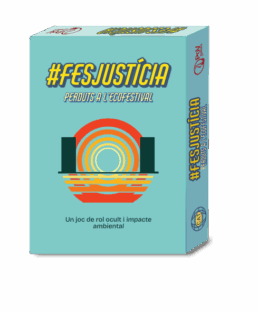
Un joc de rols ocults i qui fa què per la justícia climàtica.
(An English version will follow soon. For now only Catalans can save our planet)
Som al 2054, a les portes del Tribunal Internacional de la Iaia, quan les situacions d’emergència climàtica han devastat mig planeta. Estem PERDUTS?
Courses for Teachers and Educators
What we do, and how we do it needs to be shared, understood, pedagogically defined and mobilized through our practice. This is the base of our self-actualization workshops.

Key Ingredients
- Embodied exercises to dismantle the central position of the “institutional teacher”.
- Study case scenarios to dissect critical repetitive situations.
- The application of memetics to assess complex behavior.
- Methods to engage students to critique, make suggestions, take part of the process.
- Tools for building up caring attitudes, and sense of community.
- Play as learning activator.
courses in understanding the structures of visual communication
Understanding how images are loaded with meaning. Acquiring a practice of interpretation by experimenting with the principles of visual language, and a critical eye to confront the overload of visual propaganda.
Key Ingredients
- Individual and team based experiments combining visual rules.
- Image analysis, connoted meaning and context.
- Exercises that offer active forms of lifelong self-learning, stimulate experimentation and creativity while enabling critical thinking.
Workshops on Creative Processes
Workshops that help you or your organisation help understanding the different phases in creative work. It aims at a deeper understanding of one’s process and that of others in trans-disciplinary collaboration.

Key ingredients
- Research and design by doing.
- Activities combining informal research tools and experimentation.
- Individual and team based experiments with different materials.
- Study cases of different practices.
- Tools for allowing play, imagination, possibility, collaborative renewal, and engaged ethics.
Inclusive pedagogy
“realising safe spaces and the richness of diversity”
Our courses and workshops Acknowledge non dominant references as a powerful source of interaction, and address the terminology on inclusion and exclusion.
Key Ingredients
- Creating a safe space.
- Making together to find out the dynamics in a group.
- Study cases as situated examples of the power of diversity.
- Embodied activities to feel myself and the other for changing group dynamics.
- Tools for allowing play, imagination, possibility, collaborative renewal, and engaged ethics.

